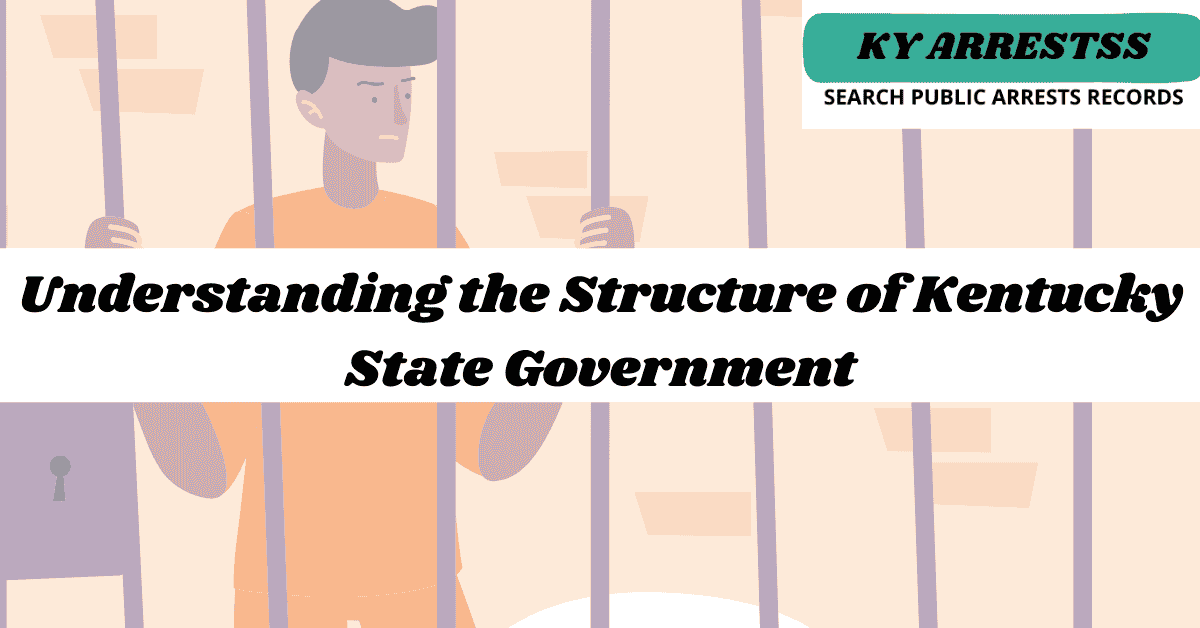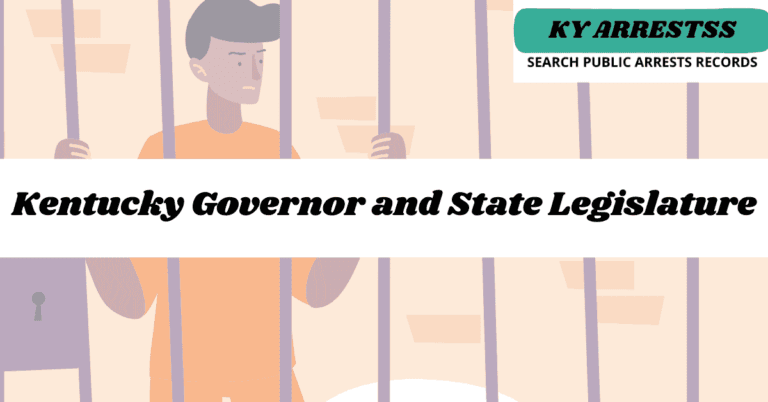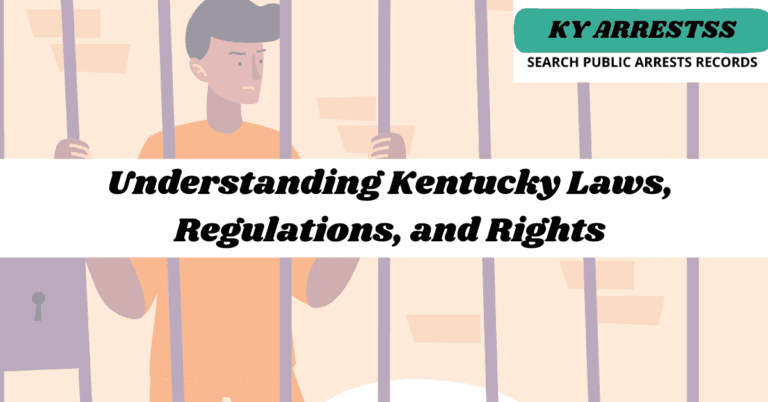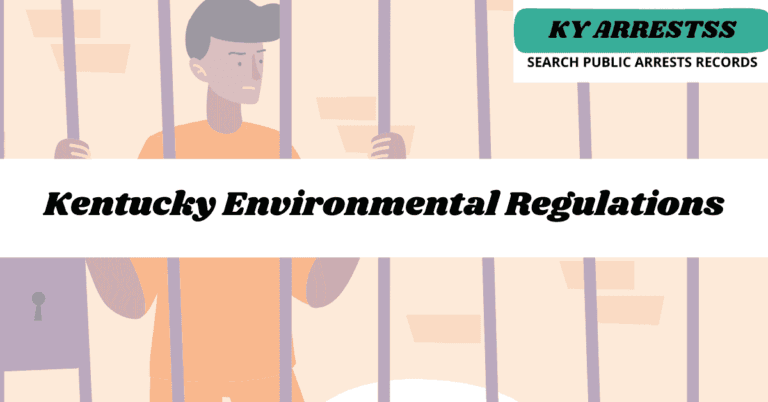Understanding the Structure of Kentucky State Government
The Kentucky State Government, like all state governments in the United States, operates under a complex system designed to balance power and ensure efficient governance. Understanding its structure is vital for residents to engage meaningfully in civic life and hold their representatives accountable. In this article, we will delve into the intricacies of Kentucky’s government, exploring its historical evolution, constitutional framework, branches of power, and the challenges it faces today.
History of Kentucky State Government
Kentucky’s government traces its roots back to the early days of American settlement in the region. Originally part of Virginia, Kentucky became its own territory in 1792 and swiftly drafted its constitution, laying the foundation for its governance. Over the years, the state has undergone significant changes, influenced by key historical events such as the Civil War and the Civil Rights Movement.
Constitutional Framework
At the core of Kentucky’s government is its constitution, a document that outlines the principles and structure of governance. The state’s constitution enshrines the separation of powers, dividing authority among the executive, legislative, and judicial branches to prevent any one branch from becoming too powerful.
Branches of Government
The government of Kentucky operates through three distinct branches: the Executive, Legislative, and Judicial. Each branch has its own responsibilities and powers, working together to uphold the rule of law and serve the interests of the people.
Executive Branch
Led by the Governor, the Executive Branch is responsible for implementing and enforcing the laws of the state. The Governor, along with the Lieutenant Governor and various state agencies comprising the Cabinet, oversees the day-to-day operations of government and sets policy priorities.
Legislative Branch
The Kentucky General Assembly, consisting of the House of Representatives and the Senate, forms the Legislative Branch. This body is tasked with making laws, appropriating funds, and representing the interests of constituents from across the state.
Judicial Branch
The Judicial Branch of Kentucky’s government is responsible for interpreting and applying the law. The state’s court system, headed by the Supreme Court, ensures that justice is administered fairly and impartially.
Local Government
In addition to the state government, Kentucky is divided into counties and cities, each with its own local government structures. County governments and city councils handle a range of responsibilities, including public safety, infrastructure maintenance, and public health.
Elections and Voting
The electoral process in Kentucky plays a crucial role in shaping the government. Through voting, citizens elect their representatives at the state and local levels, empowering them to make decisions on behalf of the community. Civic participation is essential for ensuring that government reflects the will of the people.
Budget and Finance
The state budget process is a fundamental aspect of Kentucky’s government, determining how taxpayer dollars are allocated to various programs and services. Sound financial management is essential for maintaining essential public services and promoting economic growth.
Public Services
Kentucky’s government is responsible for providing essential services to its residents, including education, healthcare, and infrastructure development. These services are crucial for promoting the well-being and prosperity of the state’s population.
Challenges and Reform
Like any government, Kentucky faces numerous challenges, ranging from budgetary constraints to social issues. Efforts towards reform and improvement are ongoing, with policymakers and citizens alike working to address pressing concerns and build a brighter future for the state.
Comparison with Other States
By comparing Kentucky’s government structure with those of other states, valuable insights can be gained into the strengths and weaknesses of different systems. Examining these differences can inform efforts to improve governance and better serve the needs of the people.
FAQs
What are the main branches of Kentucky’s state government?
Kentucky’s state government is structured into three branches: the Executive Branch, the Legislative Branch, and the Judicial Branch. Each branch has specific powers and responsibilities outlined in the state constitution.
How is the Executive Branch of Kentucky’s government organized?
The Executive Branch is headed by the Governor, who is elected by the citizens of Kentucky and serves as the chief executive officer of the state. The Governor is supported by several elected officials, including the Lieutenant Governor, Attorney General, Secretary of State, Auditor of Public Accounts, Treasurer, and Commissioner of Agriculture.
What is the role of the Legislative Branch in Kentucky’s government?
The Legislative Branch is responsible for making and passing laws in Kentucky. It consists of two chambers: the Senate and the House of Representatives. Members of both chambers are elected by the citizens of Kentucky to represent their interests. The General Assembly, comprising these two chambers, convenes annually to conduct legislative business.
How does Kentucky’s Judicial Branch function in its government?
The Judicial Branch is responsible for interpreting the laws of Kentucky and ensuring that they are applied fairly and impartially. It consists of various courts, including the Kentucky Supreme Court, Court of Appeals, Circuit Courts, District Courts, and specialized courts. Judges are appointed or elected, depending on the level of the court, and they serve to uphold the principles of justice and the rule of law.
What role do local governments play in Kentucky’s framework?
Local governments in Kentucky, including counties, cities, and special districts, have their own elected officials and governing bodies. They are responsible for providing essential public services such as education, public safety, transportation, and infrastructure maintenance within their jurisdictions. While they operate independently, they must also adhere to state laws and regulations.
Conclusion
Understanding the structure of the Kentucky State Government is essential for all citizens. By familiarizing themselves with the principles and institutions of governance, individuals can actively participate in the democratic process and contribute to the betterment of their communities. As Kentucky continues to evolve, a well-informed citizenry will be crucial for shaping its future direction and ensuring a government that truly serves the interests of all its people







